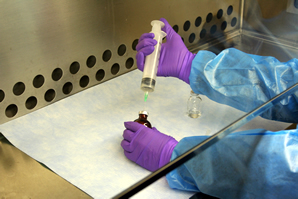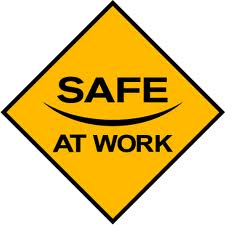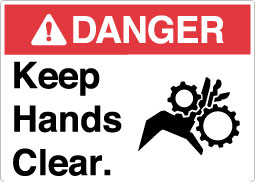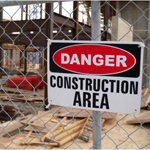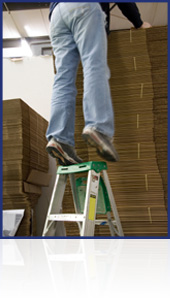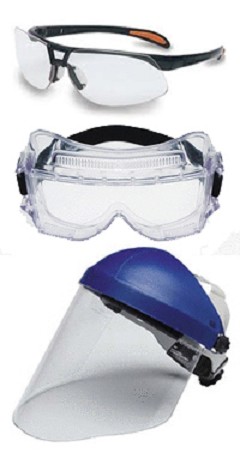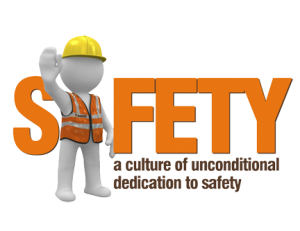 There are three basic methods for assessing safety and health program effectiveness:
There are three basic methods for assessing safety and health program effectiveness:
- Checking documentation of activity.
- Interviewing employees at all levels for knowledge, awareness, and perceptions.
- Reviewing site conditions and, where hazards are found, finding the weaknesses in management systems that allowed the hazards to occur or to be “uncontrolled.”
Some elements of the safety and health program are best assessed using one of these methods. Others lend themselves to assessment by two or all three methods.

